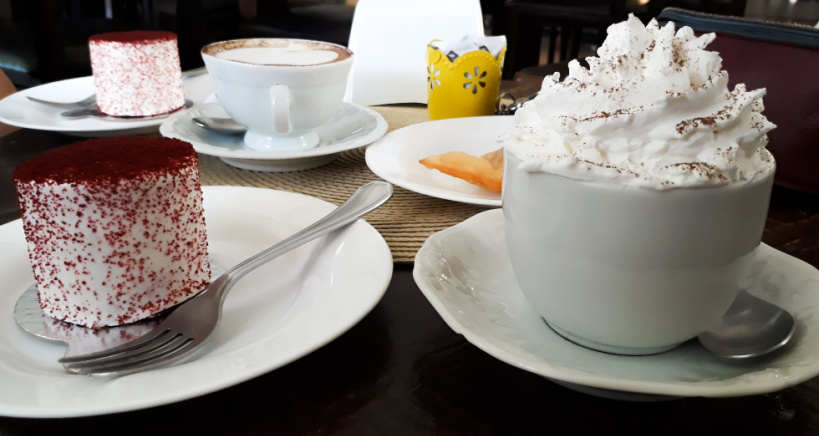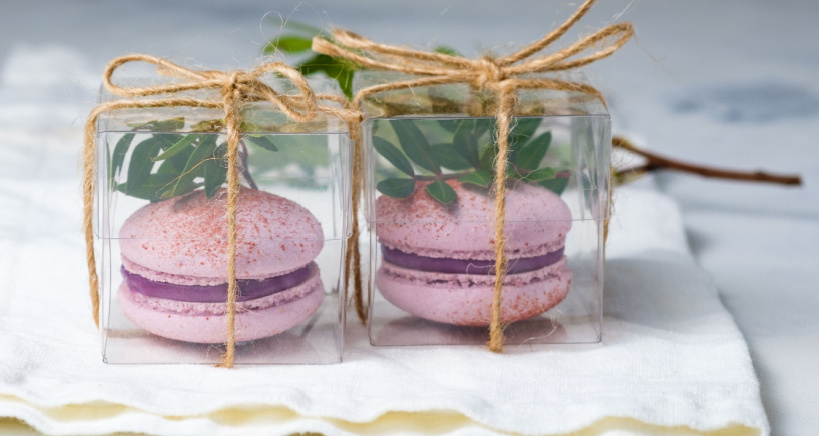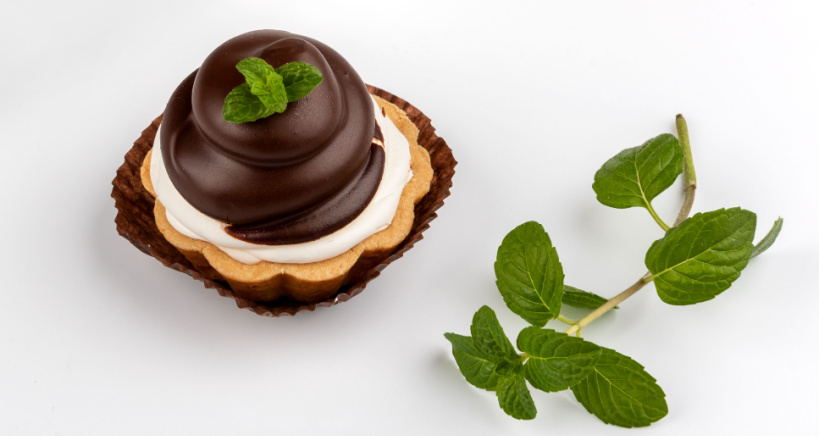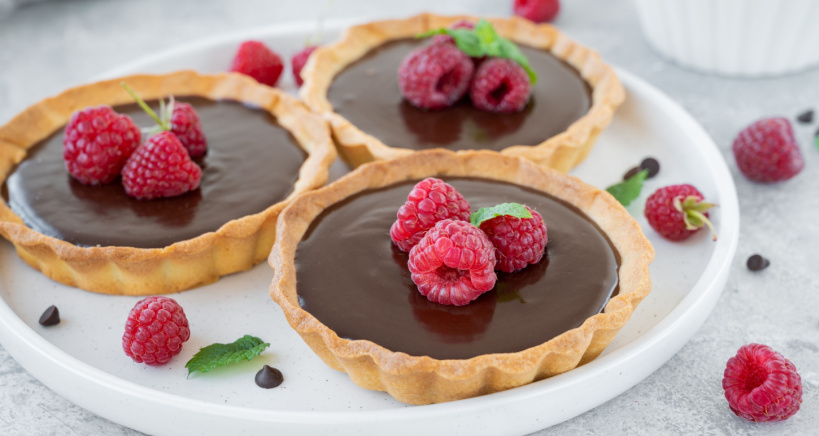 In July of 2023, the Hashtag #littletreat reached 30 million views on TikTok. This phrase referenced a TikTok trend where influencers were highlighting the small ways they indulged — a $6 latte to get you through the early morning commute, splurging on an artisanal cookie after a long meeting, or treating yourself to a late-afternoon ice cream. “Something to get you through the day,” “You deserve it,” and “self care” are common captions to these videos.
In July of 2023, the Hashtag #littletreat reached 30 million views on TikTok. This phrase referenced a TikTok trend where influencers were highlighting the small ways they indulged — a $6 latte to get you through the early morning commute, splurging on an artisanal cookie after a long meeting, or treating yourself to a late-afternoon ice cream. “Something to get you through the day,” “You deserve it,” and “self care” are common captions to these videos.
Little Treat Culture, which grew into a trend on TikTok is moving from the social media world into the culinary-sphere. Whole Foods listed “Little Luxuries” as an expected 2024 food trend. But what does a “Little Luxury” mean and how can food establishments capitalize on this trend?
The Genesis of the Little Treat Trend
Little Treats are, for Gen Z, in some ways what “avocado toast” was to millennials. Avocado toast was a popular cafe item in the 2010’s, shortly after the 2008 recession. In response, several newspapers started running stories that “millennials would never be able to afford homes because they spent all their money splurging on avocado toast.” The response was basically, “Jokes on you. Thanks to rising housing prices and the high cost of living, we will never be able to afford a home anyway. So, just let us enjoy our breakfast.”
Similarly, Gen Z’s Little Treat Culture may have emerged as a response to high inflation and as a rebellion against the relative unaffordability of daily life. Or, in the words of one TikTok influencer, “Treats are way better than owning a home.” Another theory is that the need for self care during the pandemic contributed to the growth of the Little Treat Culture. People looked for a bright spot amid the isolation and uncertainty during COVID-19’s peak and found in a $8.50 matcha tea with whipped cream on top.
But, even if Little Treat Culture grew out of an environment of uncertainty and instability, the idea itself isn’t a bad thing. Turning treats into a daily or weekly ritual can boost dopamine, improve mood, and help with mental health. It can be a form of self care. And, it opens opportunities for those in the food industry to start offering “Little Treat” options to consumers.
The Aesthetics of Luxury
Little Luxuries has sort of been a thing in the fine dining space for a while. Often upper-class eateries will offer courses with small portions of aesthetically-presented food. Another iteration of “Little Treat Culture” that already exists in the restaurant space is the Tasting Menu where diners can order sample-sized bites of a number of dishes — delicious things packaged into “Little Treats.”
The way foods are packaged and presented is a large factor in turning a meal or snack into a “Little Treat.” It’s the difference between picking up a donut from the coffee shop in the morning and going to a local boutique patisserie in search of an immaculately glazed cruller, nestled in a neat little box.

When it comes to Little Luxuries in the foodspace it’s not just about the taste, but about the emotional resonance that the treat holds. There’s a charm in the anticipation of the perfectly frothed cappuccino with the perfect brown and white swirl etched into its surface. It’s not about the consumption; it’s about the experience.
In order to leverage this aspect of the Little Luxuries trend, restaurants and food establishments should strive to curate not just a dish, but an experience, that elevates the little morsels from a small snack into a small “pick-me-up.”
In a sit down dining space, this can be done by changing the environment. Soft music, gentle lighting, and elegant settings can turn a business dinner or a family lunch into a Little Luxury. Restaurants can also offer dishes that are pleasing not just to the palate, but to the eye as well.
The way the menu is designed can also add to the “Little Treat” appeal. Instead of offering a vanilla cappuccino, a cafe can offer “an espresso drink, crafted from rare Ethiopian beans, crowned in vanilla foam and adorned with hints of golden caramel,” turning the coffee from a morning cuppa joe to a little moment of luxury.
Another way that restaurants can help elevate the experience of dining out is by giving patrons an interactive experience. For example, an ice cream parlor can feature a “create your own sundae” station or a sit-down restaurant can have the waiter complete finishing touches – like seasoning or carving a dish — tableside, in front of the diner.
When it comes to takeout dining, restaurants can feature the aesthetic in their packaging and branding. Picture, a bakery packaging their exquisite macarons in elegant, ribbon-bound boxes. Food establishments can also offer higher quality and eco-friendly disposables and packaging materials.
Treats Under Ten Dollars
Another way that restaurants can leverage Little Luxuries is by making morsels that are affordably priced. Since Little Treat Culture may have started in response to rising inflation, the treats most likely to succeed and become popular are those that are affordable enough to become a weekly or even daily thing.
Many consumers head to their local Starbucks or Dunkin Donuts for their morning cup of coffee and are willing to drop $4 on a Grande Americano. Similarly, the most likely items to succeed in branding themselves as Little Luxuries are treats that cost around the same amount — less than $10.

Cafes and bakeries already tend to offer pastries, dishes, and drinks to-go for less than ten dollars, and this is a model that other establishments can also offer. For example, a pizzeria can offer sides that are small, affordable versions of fully priced dishes — a little box of fresh mozzarella seasoned with basil in lieu of the costlier Caprese salad, or junior-sized calzones and stromboli filled with gourmet ingredients, instead of a full pie. Steakhouses can offer mini charcuterie boards with a selection of premium cured meats and various accompaniments. Ethnic restaurants can get in on the Little Luxuries game as well, for example a dip sampler for a Mediterranean style dinner, or to-go tacos for a Mexican restaurant. There are so many opportunities for offering small, tasty, and affordable morsels.
Premium Upgrades
Another way to turn a morsel into a treat is to make it special. The cup of coffee may not be a “little treat” but something a customer needs to get through the day. However, offering to add whipped cream and cinnamon to the top of the to-go cup, for a small price, as a “premium upgrade” can turn it from a need to a treat.
Recent research into consumer trends has demonstrated that products that offer these small, but luxurious upgrades have seen their sales grow. For example, premium, high-end chocolate brands like “Hotel Chocolat” grew in sales by more than 10% over the pandemic as consumers, looking for self care, traded in their Hershey bar snack for a “premium” chocolate indulgence.
There are several ways that restaurants can make upgrades. These can be taste upgrades — adding something as simple as a bit of sea salt to make a dessert more decadent, parmesan cheese to top off a pizza, or a bottle of water with fresh fruits infused into it.
Additionally, restaurants can have these upgrades follow recent food trends. For example, an eco-conscious customer may be happy to splurge and enjoy their “little treat” takeout guilt-free by upgrading to recyclable packaging. Offering a healthier, vegan, or low-fat version of a dish is another way to allow premium customization to an existing menu, and turn a meal into a moment of self care.
Luxuries in a Cup
And it’s not just the food space where “little luxuries” apply. Beverages are a great way to add a premium upgrade or market a “little treat.”
According to market research, customers are looking for quality over quantity when it comes to drinks and are happy to shell out a nice amount for a premium beverage. That means it’s always a good idea to have a beverage menu accompanying the food menu, and to provide options that are well-priced, to tempt diners into enjoying a little liquid luxury along with their meal.
These include alcoholic beverages, mocktails, fresh-squeezed fruit juices, and of course, coffees and specialized teas.
How to Market Your “Little Treats”
When it comes to letting potential customers in on your menu or take-out add-ons, TikTok is a good place to start. After all, it’s the social media network that birthed the “little treat culture” to begin with.
To promote a restaurant’s “little luxuries,” social media marketers can create “behind-the-scenes” videos showcasing a dish being prepared in a visually-stunning or entrancing manner, for example showing decadent streams of caramel being drizzled onto a dessert in slow motion, or a POV of the premium ingredients used to make a croissant.
TikTok is also known for hosting viral recipe videos, so it’s a good platform for hosting “how-to” videos breaking down how a “little treat” item is made or how it’s decorated, and inviting customers to come to your establishment and try it out.
Restaurants can try to get in on the “little luxury” or “little treat” hashtag with viral challenges. Encourage patrons to film themselves with a signature item you offer and tag it as “little treat” or “little luxury” or “self care” or “I deserve this.” You can even give out rewards for creative or interesting videos.
As ‘Little Treat Culture’ gains momentum, its evolution from a TikTok trend to an anticipated food movement represents a shift in consumer expectations. Rooted in the quest for moments of joy amid life’s challenges, this trend is more than just an indulgence; it’s a celebration of everyday small moments. For the culinary world, this is an opportunity to redefine experiences and transform the ordinary into moments of luxury. It’s not just about the consumption; it’s about creating experiences that linger in memory long after the taste fades. With the right strategies, leveraging social media to entice, and offer affordable yet luxurious options, the food industry can integrate these ‘little luxuries’ seamlessly, redefining dining experiences–one treat at a time.
Miniature Decadent Chocolate Tarts

Create a decadent dessert for your customers that adds a little luxury to their day, in a few simple steps.
Ingredients:
- Mini tart shells
- 1 cup of finely chopped dark chocolate
- 1/2 cup heavy cream
- 2 tablespoons unsalted butter
- Pinch of salt
- Optional toppings
Instructions:
- Bake the tart shells according to the recipe or package instructions until golden brown. Let them cool completely.
- In a small saucepan, heat the heavy cream until it just begins to simmer. Remove from heat.
- Place the dark chocolate in a heatproof bowl and pour the hot cream over the chocolate. Let it sit for a minute or two to soften the chocolate.
- Gently stir the mixture until the chocolate is completely melted and smooth. Add the butter and a pinch of salt, stirring until the butter is fully incorporated.
- Pour the chocolate mixture into the cooled tart shells, filling them almost to the top.
- Refrigerate the tarts for at least two hours until they are set.
- Before serving, you can add optional toppings like fresh berries, a dollop of whipped cream, or a sprinkle of edible gold flakes for an extra touch of luxury.
- Bon Appetite!